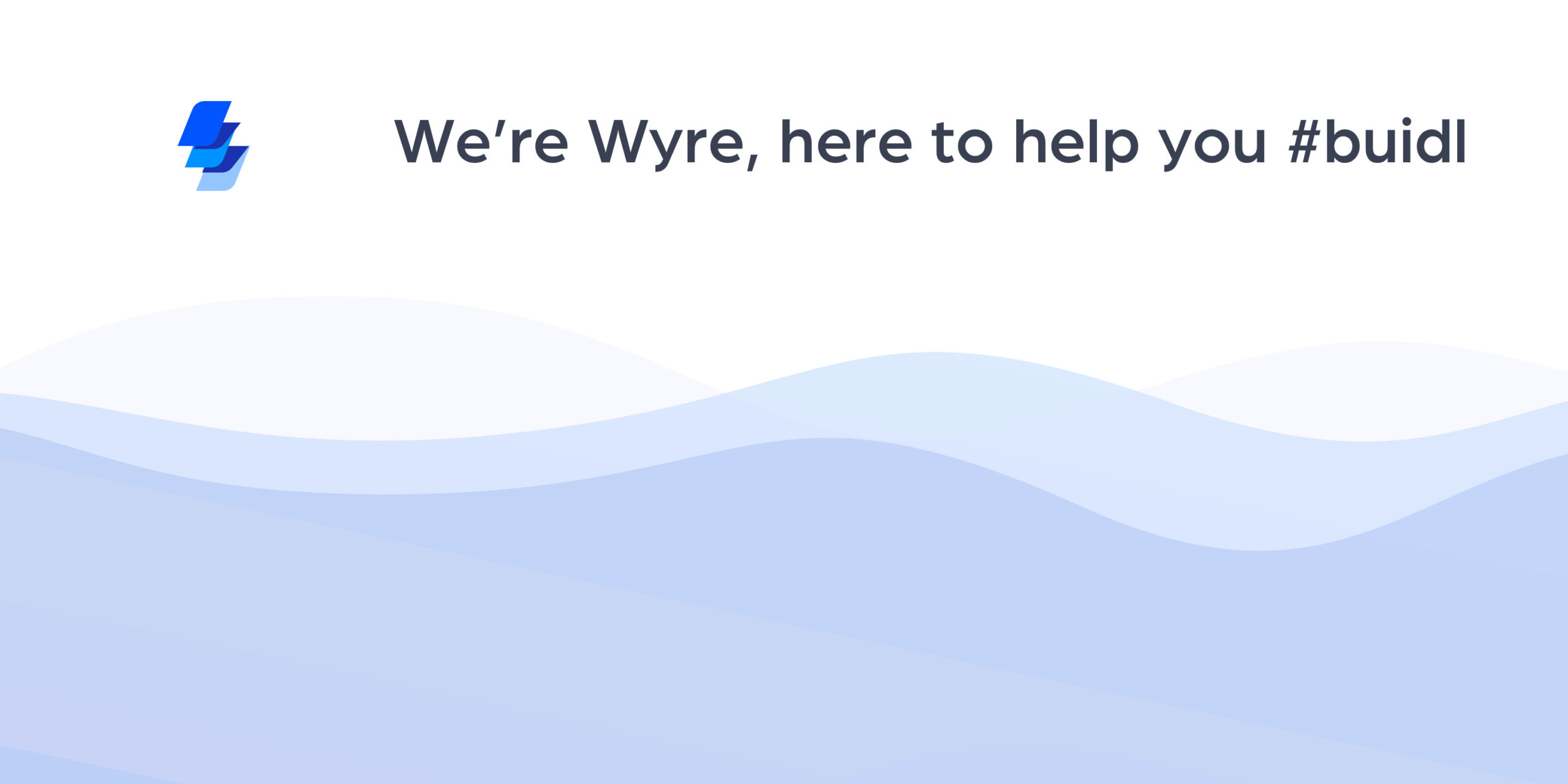Stablecoins are pretty self explanatory — They are cryptocurrency pegged to the value of a fiat currency. The idea is a result of an urge to use blockchain technology for payments without having to deal with volatile investments. Some people don’t know that there are two types of stablecoins though. The newer and less intuitive version is where DAI comes in.
DAI is a “decentralized stablecoin”
The kind of stablecoin that most people are familiar with is backed 1:1 by whatever currency it is pegged to. In order for something to be backed by cash, there has to be a central, trusted authority to manage it. Therefor, this type of stablecoin is referred to as centralized.
A huge appeal to cryptocurrency is that people are able to transact without an intermediary, so enthusiasts of the tech sometimes don’t like dealing with centralized stablecoins. Investing in a centralized stablecoin requires that you trust the company is entirely backing the coin and that they won’t make mistakes with the money.
DAI is the solution to the conflict between centralization and stability. It has the ability to be (relatively) stable without a centralized authority. This works because of software that is able to lock in collateral that is given by everyday people. That collateral then becomes the backing for DAI.
What is DAI backed by?
Even though the DAI isn’t backed by dollars, it’s collateral is valuable. MakerDAO, the company that created DAI figured that Ethereum was the best way to ensure stability without being backed by cash. Maker came to this conclusion because of faith in Ethereum’s value and the ability to transact within the Ethereum network.
By transact, I mean that tokens can be exchanged in a decentralized manner within the Ethereum network. As long as they are classified as ERC-20 tokens, they can be easily converted without an intermediary.
So, to create DAI, I would link my Ethereum wallet to Maker’s website, give them my Ethereum and they will give me DAI. This means that DAI exists only when there is Ethereum backing it. In order to get the Ethereum back, I will need to give the DAI back to maker, plus interest.
DAI is essentially a loan that Ethereum holders take out because they want to keep their Ethereum position and still have spending power that doesn’t fluctuate much.
Is it stable even if Ethereum’s price drops?
Maker doesn’t let users give $1 worth of Ethereum for $1 worth of DAI. Borrowers must over-collateralize so that borrowers have some wiggle room if Ethereum’s price goes crazy. So instead of giving $1 worth of Ethereum, borrowers would give $1.5 in exchange for $1.
If Ethereum dropped in price and the original $1.5 suddenly became $1.25, Maker wouldn’t be out any money. If $1 of Ethereum became worth $0.75, Maker wouldn’t be able to provide a service.
Still, since the system is currently based only on the price of Ethereum, there could be a scenario where everyone becomes under-collateralized. This is why MakerDAO has plans to release a Multi-Collateral DAI coin. Their plan, sort of like Libra, is that having multiple assets backing the coin, there will be less volatility and chance for failure.
What can I do with DAI?
Exchanging Ethereum for DAI isn’t the only way you can obtain it, it’s just the only way it can be created. On exchanges like Coinbase, you can purchase DAI for with any type of fiat or cryptocurrency that the exchange supports.
From there, you can do multiple things within the decentralized finance (DeFi) ecosystem with your DAI.
DAI is the most widely used stable coin for speculative trading. By sending your DAI from Coinbase to an Ethereum compatible wallet, you can then trade it directly through platforms like DDEX or DyDx. Trading DAI-ETH pairs maintains similar price action to a USD-ETH pair.
Services like Dharma let users earn interest on DAI. When DAI is deposited into Dharma, it is then thrown into a lending pool that works similarly to how Maker lends DAI. On Dharma, users can earn upwards of 7.4% APR by depositing DAI and can pull out any time.
If you choose to go the route of locking your Ethereum up for DAI, you can send the DAI to Coinbase in exchange for cash. You will still have to pay the value in DAI to Maker, but , of course, but sometimes Maker interest rates can cost less than a bank.
The DeFi space is growing and in the future, users might be able to take out non-collateralize loans with a decentralized credit score system. If there ever becomes a way to get direct deposits into a decentralized wallet in the form of DAI and using it for transactions became practical, it could result in people ditching their bank.
DAI isn’t foolproof
Even Maker acknowledges the potentially fatal flaws of DAI. Though it is a stablecoin, it isn’t as stable as something backed 1:1 with the U.S. dollar and has fluctuated +-5% of it’s dollar peg. This means that if you buy and sell at the worst time, you can lose 10% of your initial investment.
Those numbers make the 7.4% APR you can earn by lending DAI a bit less worth it. Even if you put DAI in a lending pool for a year, you can potentially lose money while gaining interest.
DAI has been around for less than 2 years, so using history as an example of what can happen in the future is risky. Subjectively, the coin has had success, seen growth in adoption and is yet to fail. Still, what the future holds is unknown, especially since the crypto space is most well known for it’s unpredictability.
